Re-Imagining Nature
Re-Imagining Nature
Environmental Humanities and Ecosemiotics
Edited by Alfred Kentigern Siewers
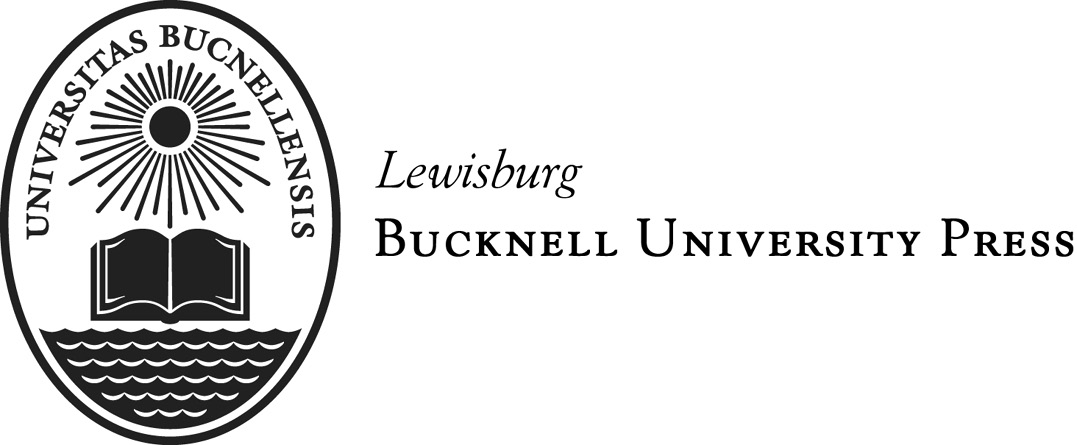
Published by Bucknell University Press
Copublished with Rowman & Littlefield
4501 Forbes Boulevard, Suite 200, Lanham, Maryland 20706
www.rowman.com
10 Thornbury Road, Plymouth PL6 7PP, United Kingdom
Copyright 2014 by Rowman & Littlefield
All rights reserved. No part of this book may be reproduced in any form or by any electronic or mechanical means, including information storage and retrieval systems, without written permission from the publisher, except by a reviewer who may quote passages in a review.
British Library Cataloguing in Publication Information Available
Library of Congress Cataloging-in-Publication Data
Re-imagining nature : environmental humanities and ecosemiotics / Alfred Kentigern Siewers, editor.
pages cm
Includes bibliographical references and index.
ISBN 978-1-61148-524-0 (cloth : alk. paper) -- ISBN 978-1-61148-525-7 (electronic) 1. Nature in literature. 2. Landscapes in literature. 3. Human ecology in literature. 4. Humanism. 5. Ecocriticism. I. Siewers, Alfred K. (Alfred Kentigern), editor of compilation.
PN1065.R4 2014
304.2dc23
2013036219
 The paper used in this publication meets the minimum requirements of American National Standard for Information SciencesPermanence of Paper for Printed Library Materials, ANSI/NISO Z39.48-1992.
The paper used in this publication meets the minimum requirements of American National Standard for Information SciencesPermanence of Paper for Printed Library Materials, ANSI/NISO Z39.48-1992.
Printed in the United States of America
To Olesya, Nicholas, Kevin,
Papas Mark and Pavlos, Gerontissa Olympiada,
and Nswemakek
To make a prairie it takes a clover and one bee,
One clover, and a bee, And revery.
The revery alone will do
If bees are few.
Emily Dickinson
Contents
Acknowledgments
Many thanks to Greg Clingham of Bucknell University Press for his patient support for this project from its inception; to Lawrence Buell for his encouragement of it; as well as likewise in general for encouraging words and good cheer in various forms along the way, for this or related environmental humanities projects at Bucknell, from Louise Westling, Wendy Wheeler, John Elder, Kalevi Kull, Timo Maran, Evan Thompson, and Norman Wirzba. All are inspirational figures in environmental humanities for me. Thanks also to my colleague Katie Faull for her kind, collaborative work and inspiring help in teaching and researching environmental humanities in the Susquehanna Valley, and to all the contributors for their generosity and patience. I also especially must note my appreciation for students who helped directly or indirectly with this project, in related research or classes, including particularly A. Joseph McMullen III, Scott Gibson, Molly Clay, Emily Anderson, Sarah Reese, and Eve Marie Blasinsky. Thanks also to copy editor extraordinaire Sam Brawand and to Pam Dailey of the Bucknell Press. Finally my gratitude to Bucknell provost Mick Smyer, associate provost Jim Rice, Dean of the College of Arts and Sciences George Shields, English Department chairs John Rickard and Ghislaine McDayter, Place Studies Initiative director Brandn Green, as well to Skip Wieder of the Susquehanna River Heartland Coalition for Environmental Studies, and Joel Dunne of the Chesapeake Conservancy, for generous moral, financial, and institutional support in various ways for environmental humanities projects at Bucknell, which helped to make this volume possible. Above all, glory to God for all things, for He is good and loves mankind. May any errors be harmless, and the reader be blessed.
Introduction
Song, Tree, and Spring: Environmental Meaning and Environmental Humanities
This universe is perfused with signs.
Charles Saunders Peirce
Language is everything, since it is the voice of no one, since it is the very voiceof the things, the waves, and the forests.
Paul Valry, glossed by Maurice Merleau-Ponty
The countless Umwelts [meaningful environments] represent the keyboard upon which nature plays its symphony of meaning... not constrained by space and time. In our lifetime and in our Umwelt we are given the task of constructing a key in natures keyboard, over which an invisible hand glides.
Jakob von Uexkll
All living things are critics... living organisms interpret many of the signs about them [but] the experimental, speculative technique made available by speech would seem to single out the human species as the only one possessing an equipment for going beyond the criticism of experience to a criticism of criticism.
Kenneth Burke
The body proper embraces a philosophy of the flesh as the visibility of the invisible... a lexicon of corporeality... a system of equivalences between the inside and the outside which prescribes from one to the other its fulfillment... the human body as a natural symbolism.
Maurice Merleau-Ponty
Tadodaho Sid Hill, spiritual leader of the Haudenosaunee (Iroquois) Confederacy, shocked a group of Euroamerican academics recently when he diagnosed for them the root of U.S. environmental problems with one short phrase: The separation of church and state.
He told us this in the traditional wood-raftered longhouse of the Six Nations in the Onondaga Nations lands in upstate New York. The structure melds cosmic and social meaning in traditions stretching back to before the arrival of European settlers. A white pine on its grounds evokes the ancient Tree of Peace nearby at Lake Onondaga, real symbol of an interconnected life that should include care for the seventh generation yet to come. A lacrosse field visible through the windows calls to mind medicine aspects of that sport in Haudenosaunee traditions of the earth across generations.
As Tadodaho of the Iroquois, Hills spiritual role in the Haudenosaunee Confederacy very roughly parallels that of the Dalai Lama in Tibetan Buddhism. In keeping with that office, at the start of our meeting, he had recited to us from the Iroquois Thanksgiving Address, the traditional opening to seasonal ceremonies of song and dance or other gatherings. It is called in Native languages the ohen:ton karihwatehkwen , or the words that come before all else, a name with a meaning of cosmological performance, reminiscent in some ways of the biblical in the beginning was the Word. Indeed, environmental meaning of both Native and biblical traditions will be explored in sections of this collection. The ohen:ton karihwatehkwen recited by the Tadodaho, in translation, includes these verses:
We give thanks to all the Waters of the world for quenching our thirst and providing us with strength. Water is life. We know its power in many formswaterfalls and rain, mists and streams, rivers and oceans. With one mind, we send greetings and thanks to the spirit of Water....
We now turn our thoughts to the Trees. The Earth has many families of Trees who have their own instructions and uses. Some provide us with shelter and shade, others with fruit, beauty, and other useful things. Many peoples of the world use a Tree as a symbol of peace and strength. With one mind, we greet and thank the Tree life....
We put our minds together as one and thank all the Birds who move and fly about over our heads. The Creator gave them beautiful songs. Each day they remind us to enjoy and appreciate life. The Eagle was chosen to be their leader. To all the Birdsfrom the smallest to the largestwe send our joyful greetings and thanks....
Now we turn our thoughts to the Creator, or Great Spirit, and send greetings and thanks for all the gifts of Creation. Everything we need to live a good life is here on this Mother Earth. For all the love that is still around us, we gather our minds together as one and send our choicest words of greetings and thanks to the Creator....
Next page
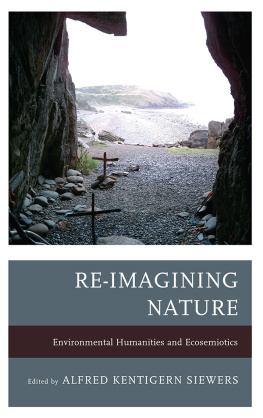
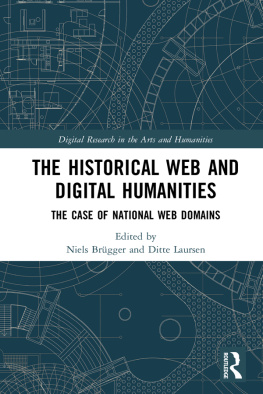


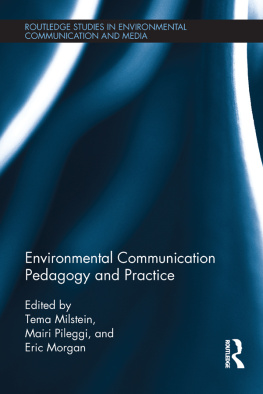

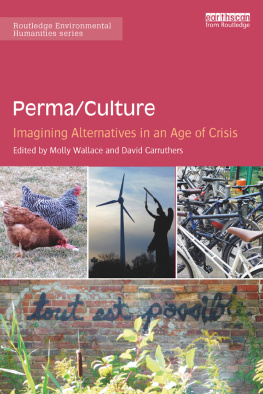
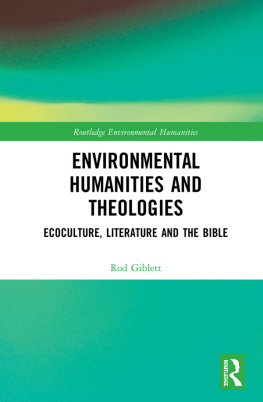

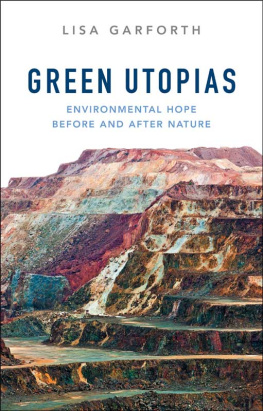

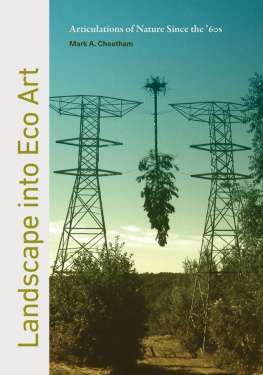

 The paper used in this publication meets the minimum requirements of American National Standard for Information SciencesPermanence of Paper for Printed Library Materials, ANSI/NISO Z39.48-1992.
The paper used in this publication meets the minimum requirements of American National Standard for Information SciencesPermanence of Paper for Printed Library Materials, ANSI/NISO Z39.48-1992.